District of Columbia

That’s right. The 68-square-mile capital of our nation struggles with drugs more than any of the states in our nation. The district has some of the highest rates of adult drug users, but that’s not the scary part. In 2011, a study by the Washington Examiner found that 11.3% of the population above the age of 12 struggled with substance abuse.
More than one out of every 10 people struggled with substances, and that struggle was not limited to the adult problems. Kids are being sucked into the world of drugs at unprecedented rate. Add in the high number of drug-related overdoses, and you’ve got a serious problem going on.
Missouri

Missouri wasn’t in the top 10 in 2017, but they jumped all the way up to the 2nd worst state (including D.C.) in 2018. This isn’t particularly surprising coming from the “Meth Headquarters” of the United States, but it’s still a large, and sad, jump. 9% of the population struggles with substance abuse, and the state is struggling to provide support.
They are one of the few states without an established method of monitoring opioid prescriptions, leading to a lot of people getting hooked on opioid medications. This then leads to people trying heroin because of the accessibility and price. But despite the lack of opioid control, meth is still the biggest problem. It’s all over rural areas and half the price of what it once was. Drugs in Missouri are extremely easy to get possession of, and even easier to get hooked on.
New Hampshire

If there is a state struggling with the opioid crisis, it’s New Hampshire. Because of the high number of overdoses, firefighters now regularly carry Narcan, a nasal spray that functions as an opiate antidote. Heroin isn’t the least of their problems, however.
Fentanyl, an opioid 50-100 times as strong as heroin is extremely popular in these areas, and carfentanil, an elephant tranquilizer 100 times stronger than fentanyl and 10,000 stronger than morphine are sweeping the area. People are producing fentanyl in their homes. In fact, drug users are putting themselves in such risky situations that it’s believed that they aren’t afraid of overdosing. Unsurprisingly, New Hampshire leads the nation in fentanyl-related deaths.
Michigan
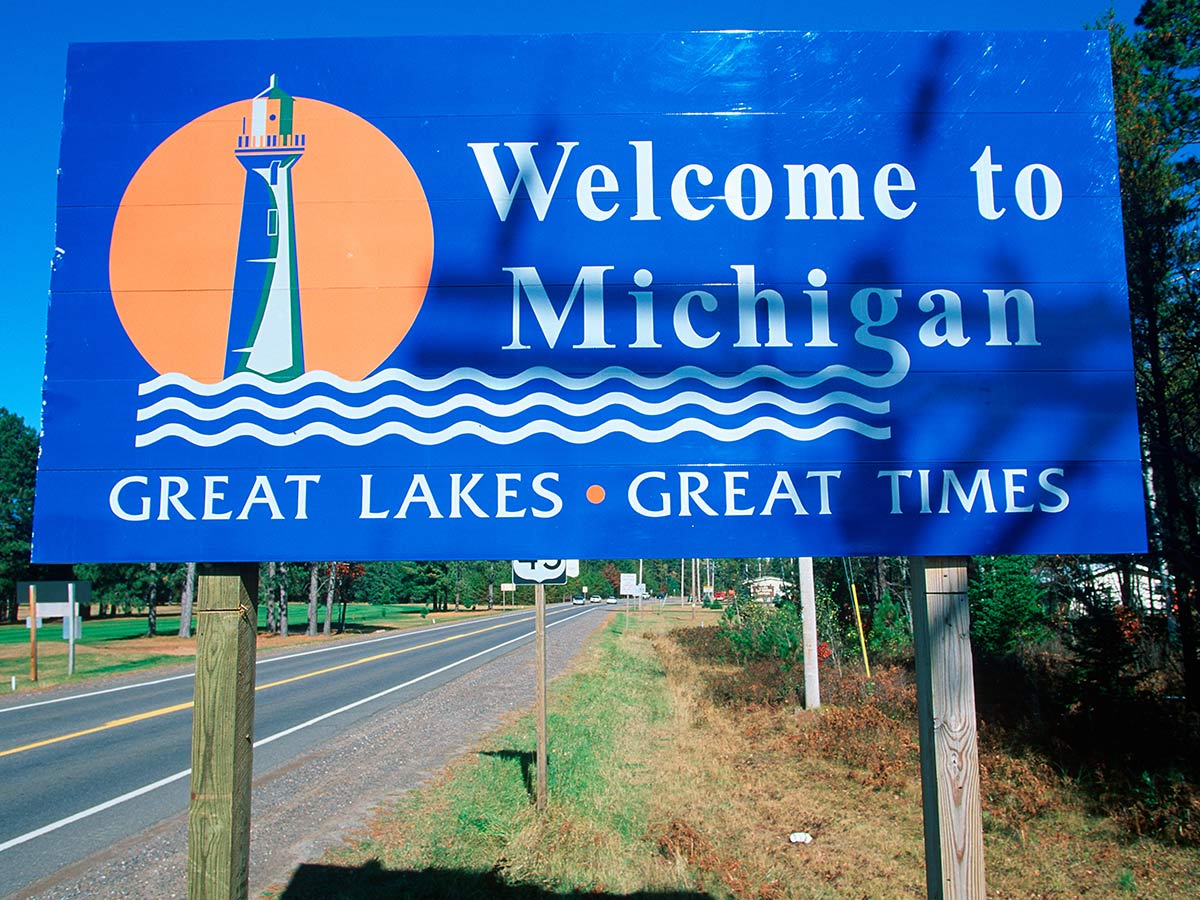
In 2017, Michigan was the 10 worst state for drugs. In 2018, it’s the 4th. It’s so bad that some suburbs of Detroit handle up to 5 drug overdoses per week. During one month of 2016, authorities dealt with 19 overdoses from the elephant tranquilizer carfentanil alone. Getting these drugs is so easy here it’s described as being as easy to get as ordering a pizza. They’re everywhere.
Luckily, the University of Michigan is looking to help. Because most opioid abusers are “normal people” who begin by accidentally getting addicted to opioids because of a valid prescription, for example, a painkiller after a surgery, the University of Michigan is attempting to help medical professionals get ahold of drugs that aren’t opioids, thereby stopping addictions before they start.
West Virginia

If there is any one place in America that represents the opioid crisis, it’s Williamson, West Virginia. They easily top the list for the most overdoses per capita. They average 48 overdoses per 100,000 people. Homicides and car accidents combined only average 21. These numbers aren’t surprising when you consider the town of 2,900 is in possession of nearly 21 million painkillers.
That’s 6,500 opioid pills per person. The smaller town of Kermit, population 394, had 9 million opioid pills shipped to it in just 2 years. The number of opioids in this town is almost unfathomable, but the doctors there keep prescribing them.
New Mexico

New Mexico has some of the worst drug stats of any state. Teenagers are highly likely to be offered, sold, or given illegal substances on school campuses. They are one of the worst states in the nation for substance abuse treatment.
To make everything worse, they have strong connections to the cartel, a small group of Mexican drug lords that make billions every year by hiring drug carriers to push drugs into the States. Little is known about the inner workings of these highly dangerous groups, but they have a fondness for New Mexico.
Indiana

Unlike a lot of states on this list, Indiana’s biggest struggle doesn’t seem to be opioid-related overdoses. They see only 13 per 100,000. Indiana’s real struggle is with law enforcement. This includes drug arrests, prevalence on college campuses, prescription monitoring laws, employee drug tests, and maternity drug policies.
They are working to pass laws that will limit prescriptions, though. They need it, too. The state averages 109 prescriptions per 100 people. That’s an average of more than one prescription per person, a serious problem considering most opioid abusers get hooked on opioid prescriptions given to them by their healthcare providers.
Rhode Island

Like much of New England, Rhode Island has been hit hard. They have been struggling with unemployment rates, something that generally comes with an increase in substance abuse. This has led to some of the highest rates of unmet needs and some of the least DEA arrests in the nation.
The state has the 2nd highest count of teenage drug users in the nations. It’s unsurprising, then, that they also have some of the highest rates of adult abuse in the nation.
Kentucky

If there is a state that is willing to admit it’s struggling with the drug problem, it’s Kentucky. They are hard at work at passing legislation that will severely limit the prescription length of opioids, but they are still struggling with substance-abuse treatment facilities, something they know they do not have enough of. And like any place struggling with opioids, they’re also struggling with overdoses.
They have seen dramatic increases in the number of overdoses in recent years. Law Enforcement is spending 25 times as much on Narcan, the opioid antidote than they have in recent years. To highlight how bad it is, the city of Ashland held a press conference after they saw 19 overdoses in just six days. The problem is just too big to “arrest our way out of this,” the Boyd County Sheriff Jack Woods said. They desperately need legislation and treatment facilities to come into play.
Pennsylvania
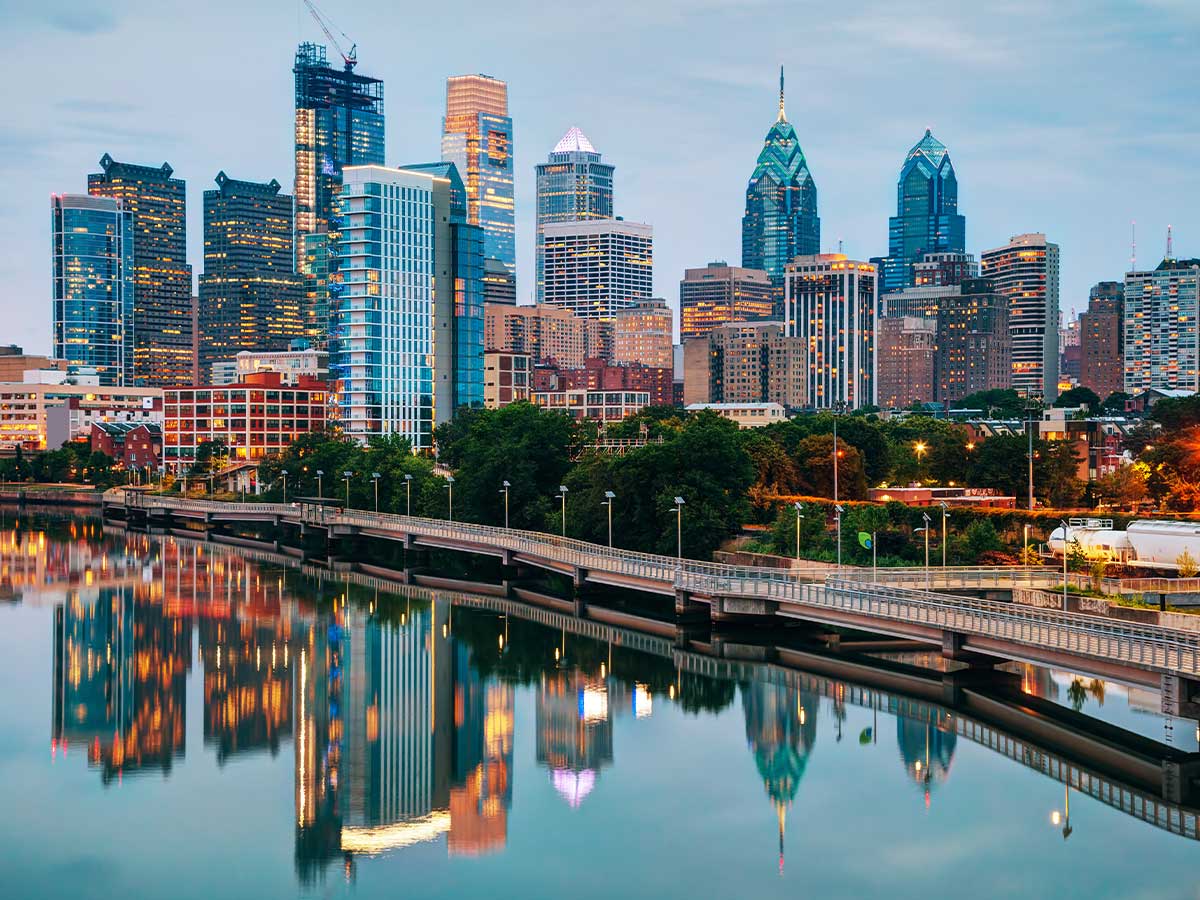
The recent explosion of opioid abuse seems to have taken the nation by surprise. Nobody was expecting it and even fewer people know what to do about it. Pennsylvania highlights this rapid growth and utter confusion better than any state.
Officials are struggling to figure out why they have suddenly jumped to the spotlight after their drug overdoses increased 43% in a year. They aren't quite sure what caused this explosion, but their priority is getting treatment options up to par as soon as possible.
Massachusetts

In March 2018, Trump threw a small Massachusetts town into the spotlight — and under the bus. He claimed this town was the reason New Hampshire was struggling so much with opioids. Naturally, the town was outraged. That doesn’t change the fact that there is a large amount of fentanyl, an opiate 50-100 times stronger than heroin, produced in Massachusetts’s homes. This drug is then used to lace cocaine and heroin, hoking people doing all sorts of drugs and often leading to overdoses.
The state has seen many people of every demographic, regardless of age, gender, race, financial standing, or orientation, all struggling with opiate addictions. Given the state of the nation, this isn’t surprising. What is unusual is the huge increase of people the state has found driving while under the influence. Drugs are hitting the people of Massachusetts in every area of life.
Colorado

In January 2014, marijuana was available for legal purchasing in Colorado. Before this point, the cartel has smuggled marijuana into the state, but now that it was legalized, they turned to more sinister drugs. The result is an odd story. Colorado is struggling to provide its addicts with the help they need, leaving 85% of people who need help to struggle.
On the other hand, high schoolers smoke weed even less than they drink, which has one down in recent years too. It should also be noted that the numbers for the state’s drug abuse may be skewed; most sources still lump marijuana use in Colorado in with “Illicit Drugs,” although it is legal for people above 21 there.
Wyoming

Wyoming is the least populated state in the country. With just over 575,000 people, it’s significantly smaller than the District of Columbia. In fact, it’s just slightly bigger than the city of Albuquerque, but unlike the New Mexican city, Wyoming averages only 6 people per square mile. This thin population is actually the root of most of Wyoming’s problems.
Because people are so spread out, treatment facilities are not optimal for most people. People just live too far away to be able to consistently get the treatment they need. On a different note, however, their DEA is hard at work, tying for first place in the nation with the most arrests per capita.
Tennessee

You’ve probably heard that today’s teenagers are drinking less than teenagers of the past. They are also smoking fewer cigarettes, and in many cases, we’re seeing a decrease in marijuana consumption. This doesn’t mean that teens aren’t still abusing substances, however.
Tennessee shows us that prescription pills are growing in popularity with teens. Instead of the classic “Bring Your Own Beer,” today’s teens will raid medicine cabinets and bring those to parties. Considering Tennessee had about 107 prescriptions per 100 people back in 2016, teens have plenty of access to these highly addictive drugs, leading to a lot of problems. Just look at Nashville. The mayor’s son died from one of those parties.
Oregon
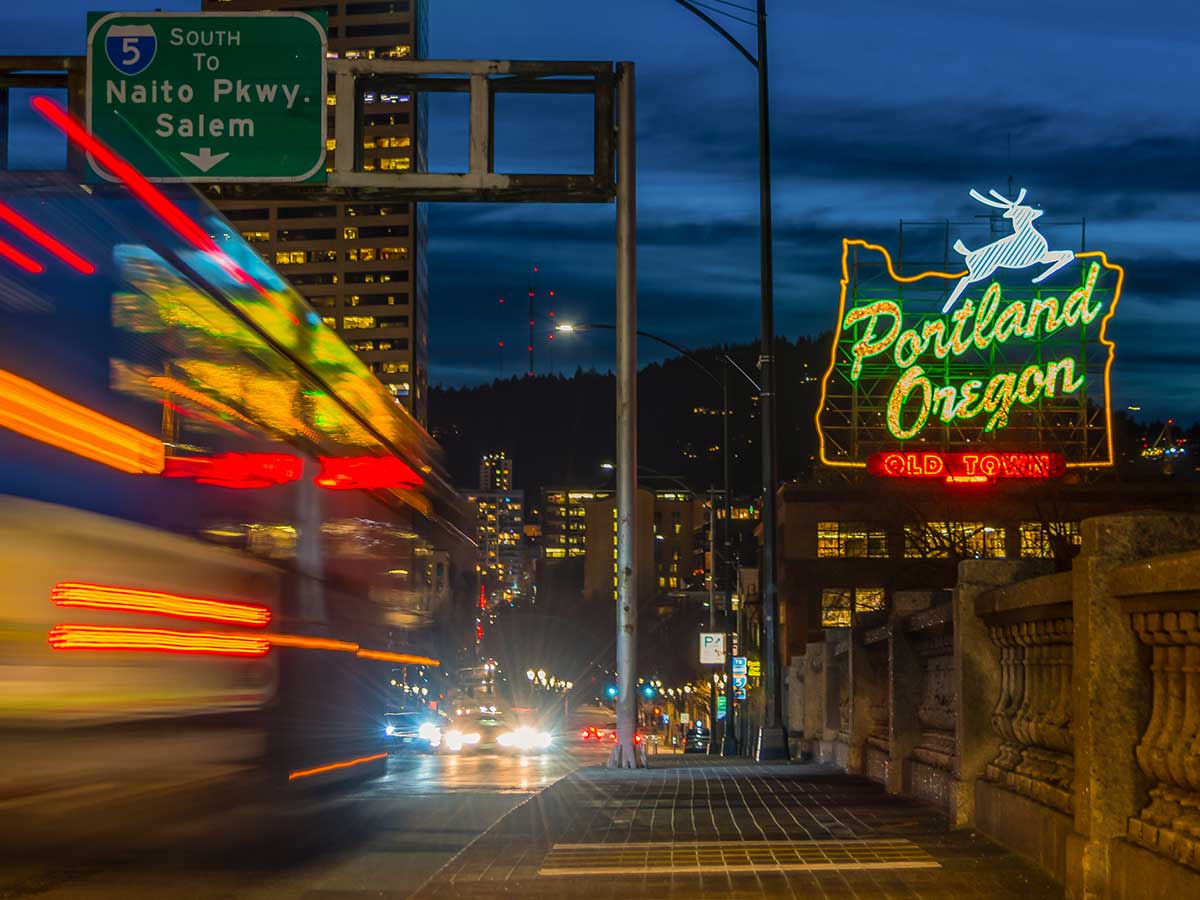
Oregon, like many states, is struggling. Unlike a lot of states, however, they’re looking more into the “How” and “Why” of it all. How are children buying fentanyl? Online with Bitcoin, shipped right to their doorstep. Why are these drug problems more common in some people? Because they underwent serious childhood trauma. How can they treat this problem?
The state is looking to get more people into actual treatment. Up until now, many people have largely aimed for week-long detoxes. These are problematic because they don’t provide real treatment, so people often relapse and most overdoses come from people who are relapsing. In addition to addressing the treatment issues, Oregon is looking for alternatives to opioid prescriptions in the first place.
Ohio
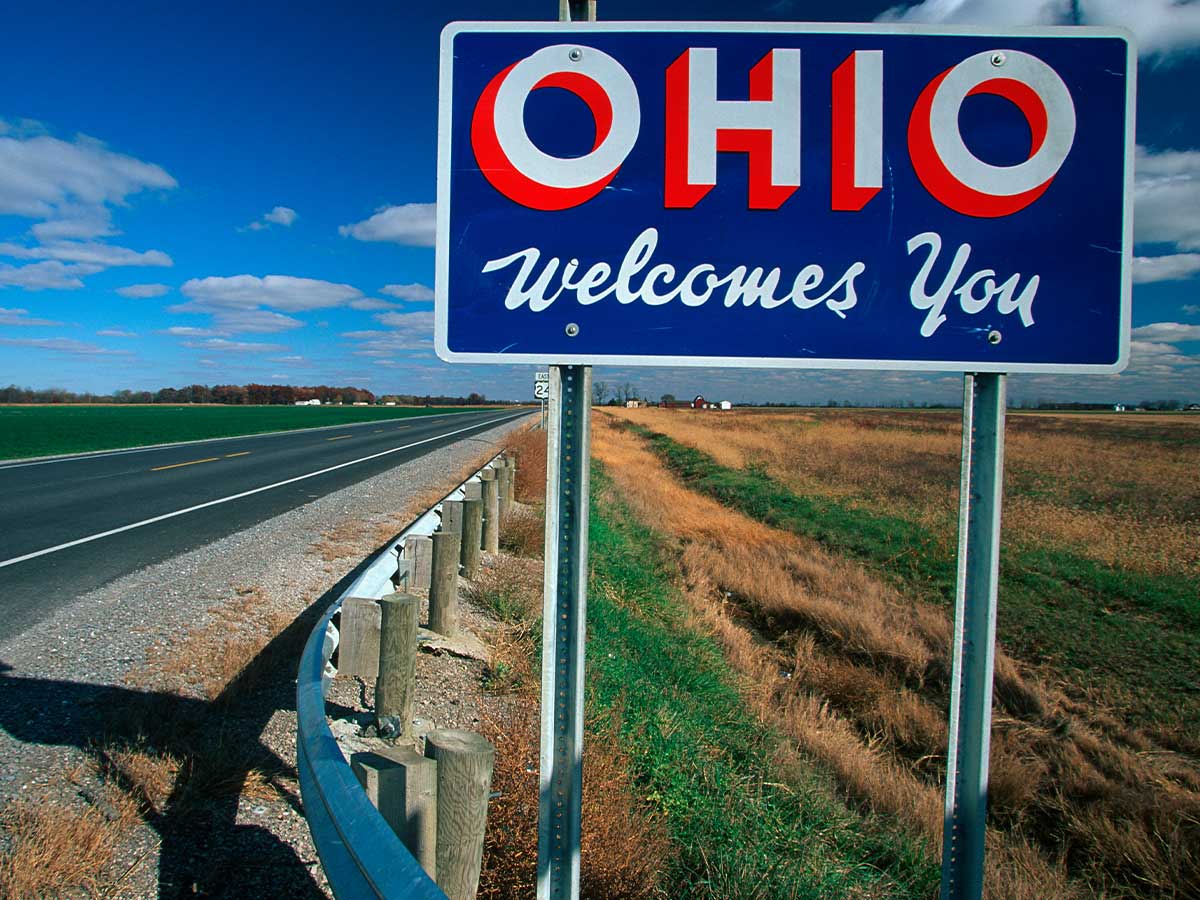
Ohio has been hit hard by the opioid epidemic. Unsurprisingly, this has led to a high increase in overdoses, putting them at the 2nd highest number of overdoses per capita in the nation. At one point in 2017, so many people were dying from overdoses in Stark County, Ohio that the Coroner’s office had to use a cold-storage trailer as a temporary morgue.
About 20% of the deaths in Stark County came from overdoses. This hasn’t been going on for very long at all. In 2003, Ohio saw 296 deaths. In 2015, they saw 2,590 deaths. Their overdose numbers have risen dramatically in recent years.
Alaska
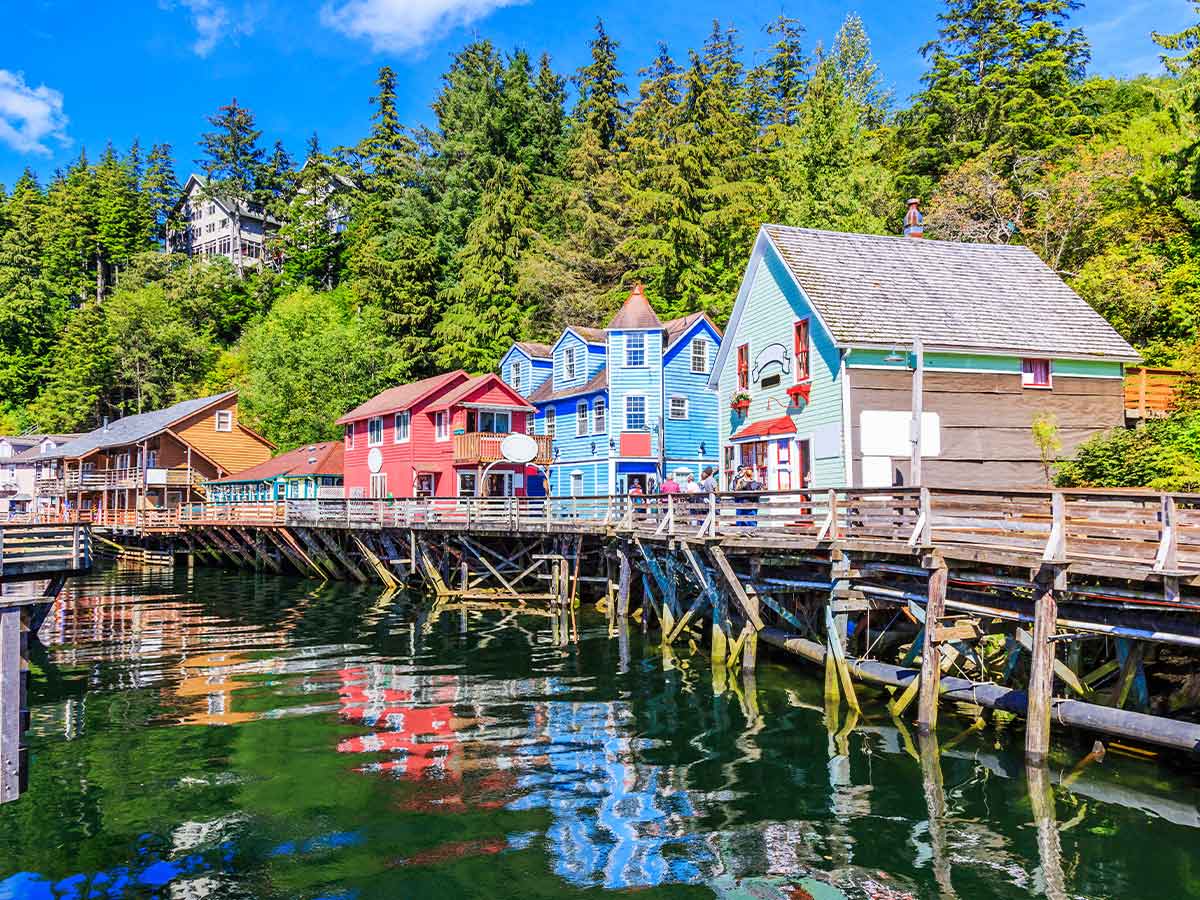
Alaskan teens are being hit hard. Teens have always struggled with the popular substance of the day, but today’s popular substances make the alcohol of days past look like child’s play. Alaska’s teens struggle more than any other state, and their adults struggle almost as badly.
Overall, they have little treatment to offer, leading to less help for the population. The problem is growing instead of being addressed.
Maryland
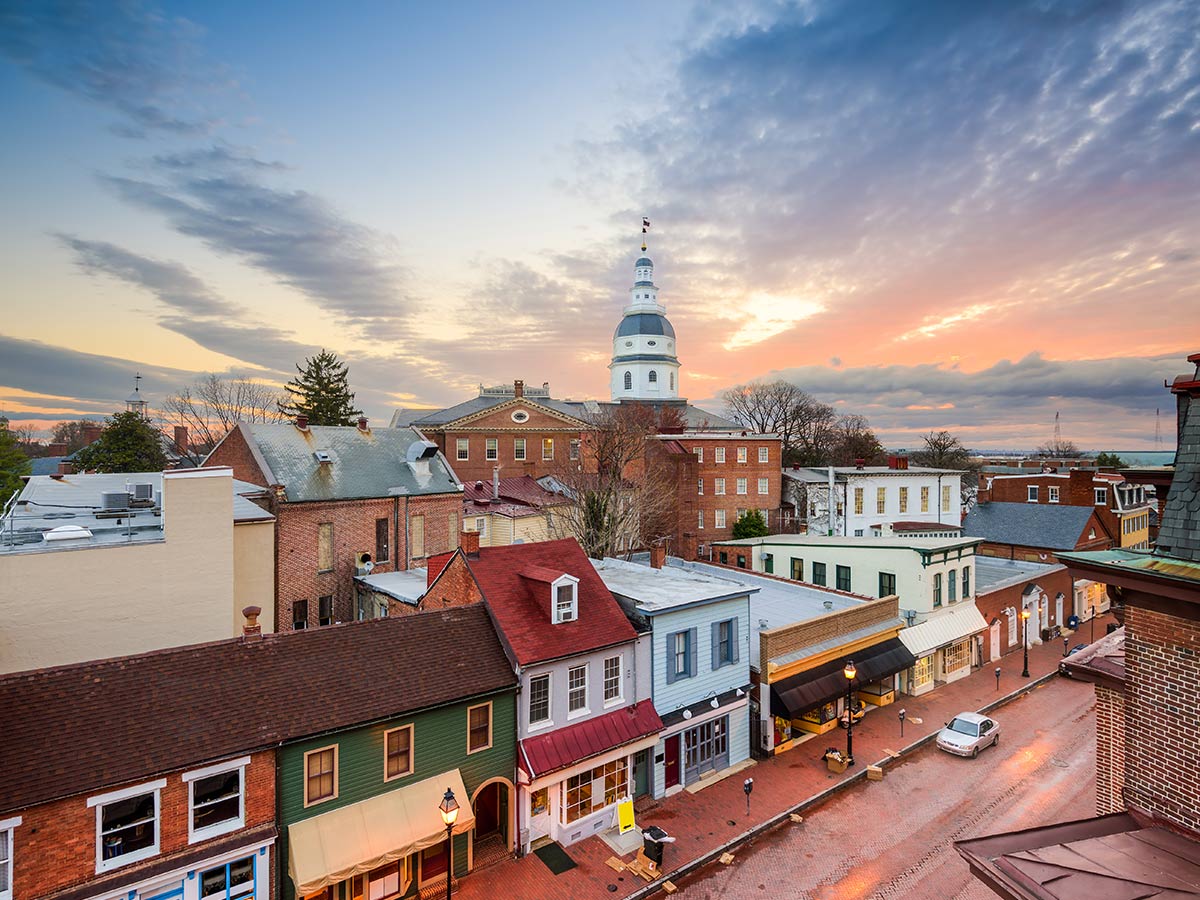
When you think of the typical person struggling with substance abuse, there is probably a specific image that comes to mind. Maryland is here to break that image. The opioid epidemic hits most every demographic the same, from low-income teenagers to wealthy middle-aged people.
For example, in Maryland from 2013-2016, almost 15,000 people aged 50-54 were hospitalized because of opioids. During roughly the same time-frame, from 2011-2015, heroin-related deaths tripled. The epidemic hit the state hard, and nobody was really expecting it.
Maine
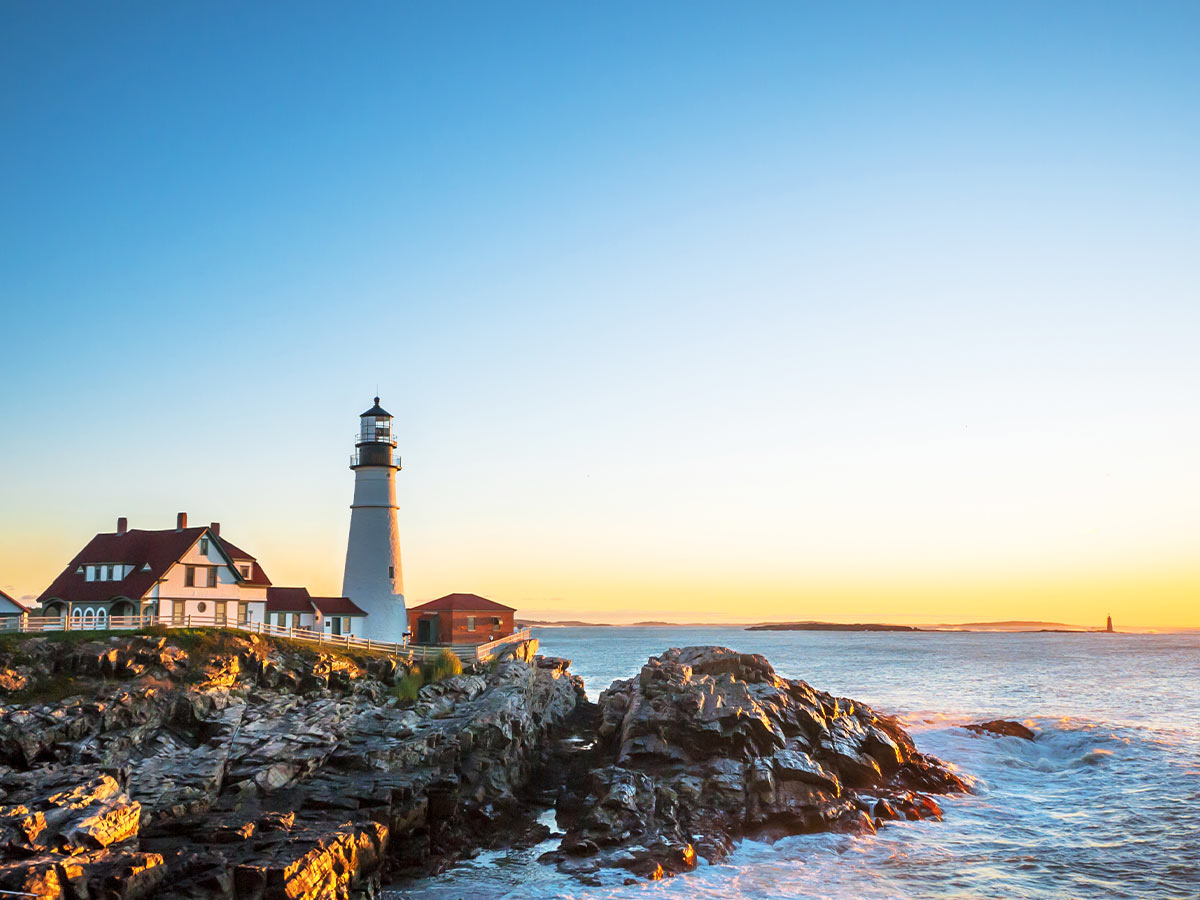
Maine is just another state on New England’s list of state’s struggling with drug problems. They have some of the highest rates of teenage substance abuse, but oddly enough, they have some of the lowest rates of students being offered, sold, or given illegal substances on a school campus.
That’s not particularly surprising if you look at what drugs the state is struggling with. Over a quarter of the drug overdoses are by medications with benzodiazepine, the active ingredient in Xanax and Valium. Another 21% of the overdoses are by cocaine.
Vermont

Vermont is a state in a unique position. They have some of the highest numbers in terms of adult drug users. They have some of the lowest numbers in terms of drug arrests, but 80% of their inmates are serving time because of drug usage. The irony, however, is in their treatment system. They have more people missing treatment than most states, but they are also giving more, and better treatment than most states.
They are doing more than most states, but because of their drastically high numbers, they are still behind. Their treatment is working, though. They are improving their treatment methods, increasing the number of people in treatment, and decreasing the number of relapses and overdoses. Vermont is proving that something can be done about the opioid epidemic.
 Author
Sherrill Dean
Last Updated: August 06, 2025
Author
Sherrill Dean
Last Updated: August 06, 2025